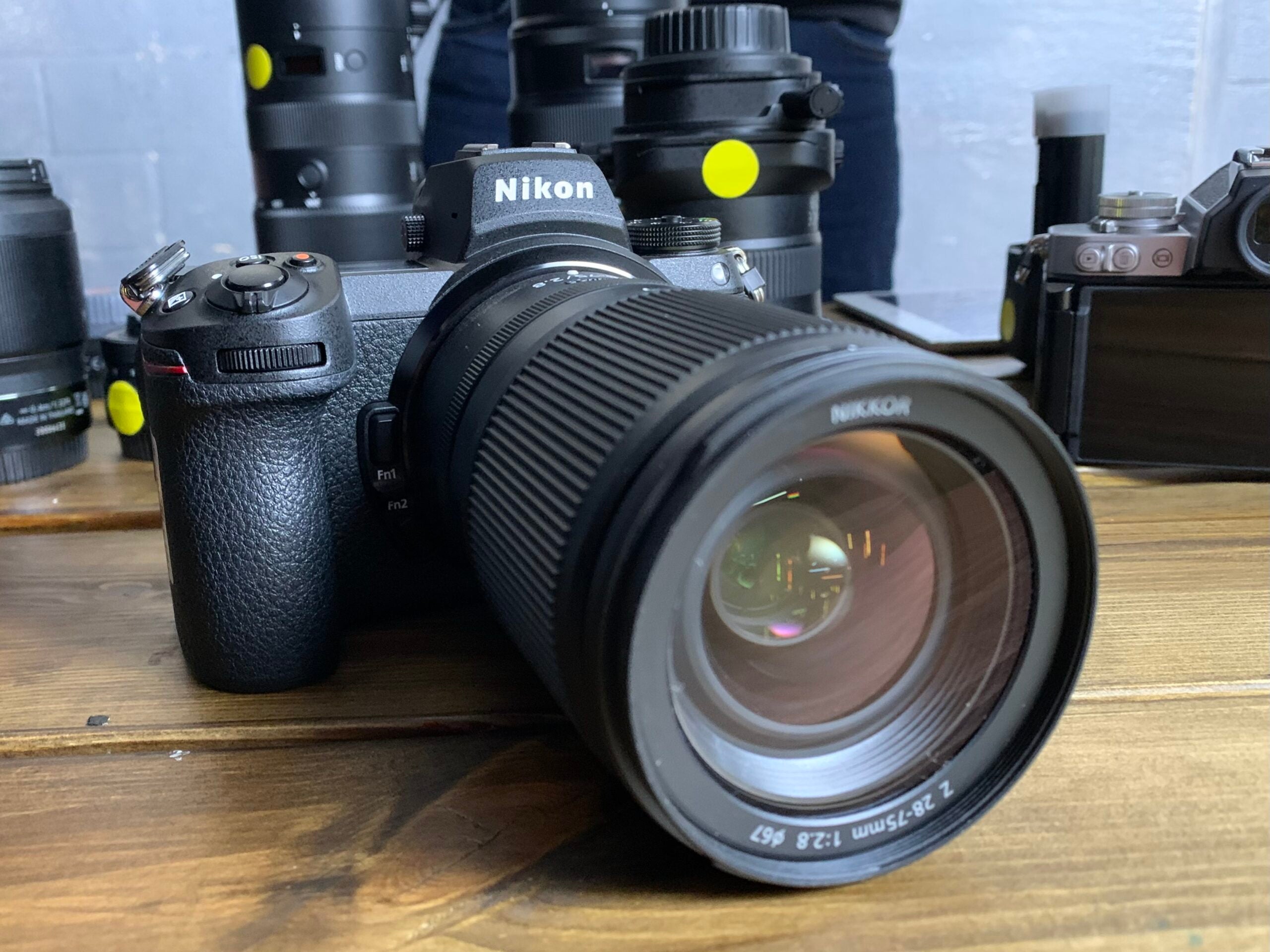If you like the look of the Nikon Z7 II but are content with 24.5-megapixels, the Nikon Z6 II offers the same controls, interface and many of the same features for almost £1000 less.
Availability
- UKRRP: £1929
- USARRP: $1999.95
-
Full-frame sensorFor 24.5-megapixel images -
3.2-inch monitorWith EVF and smaller top display -
Hybrid AFWith Eye- and Animal-Detection -
Video recording4K at up to 60fps
Introduction
Back in 2020, Nikon updated its Z line of mirrorless cameras with the Nikon Z7 II and the Nikon Z6 II, with the latter being an update to the full frame Nikon Z6.
The two Nikon cameras are physically indistinguishable, but there are a few difference between them that allows the Z6 II to undercut the Z7 II by nearly £1000, with the main one being the Z7 II’s high-resolution sensor.
That doesn’t mean the Z6 II doesn’t have its own strengths, however, and, at a much cheaper price point, it’s definitely worth a look.
Design and display
- The Nikon Z6 II has a small, lightweight body
- There’s a good array of switches and dials
- It has an EVF, tilting touch display and a small screen on the top
If you were to place the Nikon Z6 II down next to the Z7 II, you’d have a hard time distinguishing the two cameras. This is because the majority of their differences lay in their specs.
Like the Z7 II, the Z6 II has a compact and lightweight body for a full frame camera, sitting in between the chunky Nikon Z9 and the small Nikon Z30 in the brand’s mirrorless line-up. The grip has a decent amount of depth to it, allowing the camera to support most lenses and there’s a solid array of physical dials and controls offering quick access to a range of features and settings.
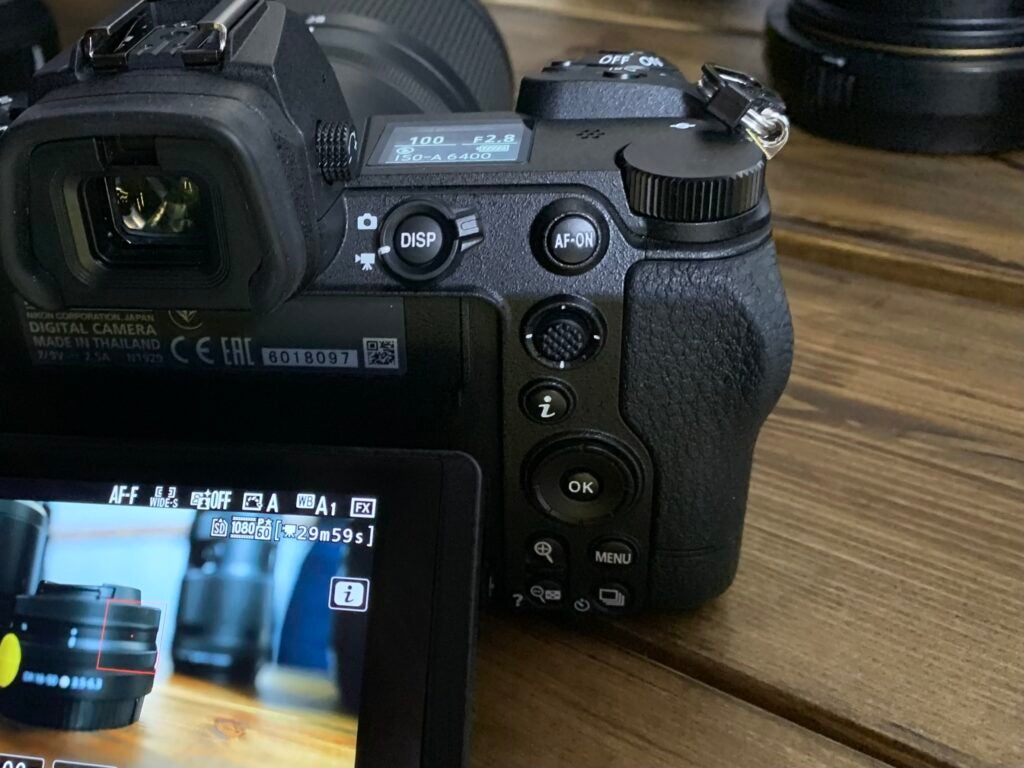
I found navigating the camera to be easy using a mix of the physical buttons and touch controls. I switched between the Z6 II and the Z7 II during different shoots at the event and found no discernible difference between the two cameras when it came to their handling or controls.
The Z6 II has a total of three displays if you count the viewfinder: a 3690K-dot OLED EVF, a 3.2-inch tilting touchscreen and a black and white top display that offers a convenient view of the camera’s settings at a glance. I would have preferred the vari-angle display found on the Z30 over the tilting monitor on the Z6 II, but this is a personal preference and which screen type you prefer will depend on what exactly you need from the camera. If you want a device you can vlog with, you might struggle without the ability to flip the screen out.
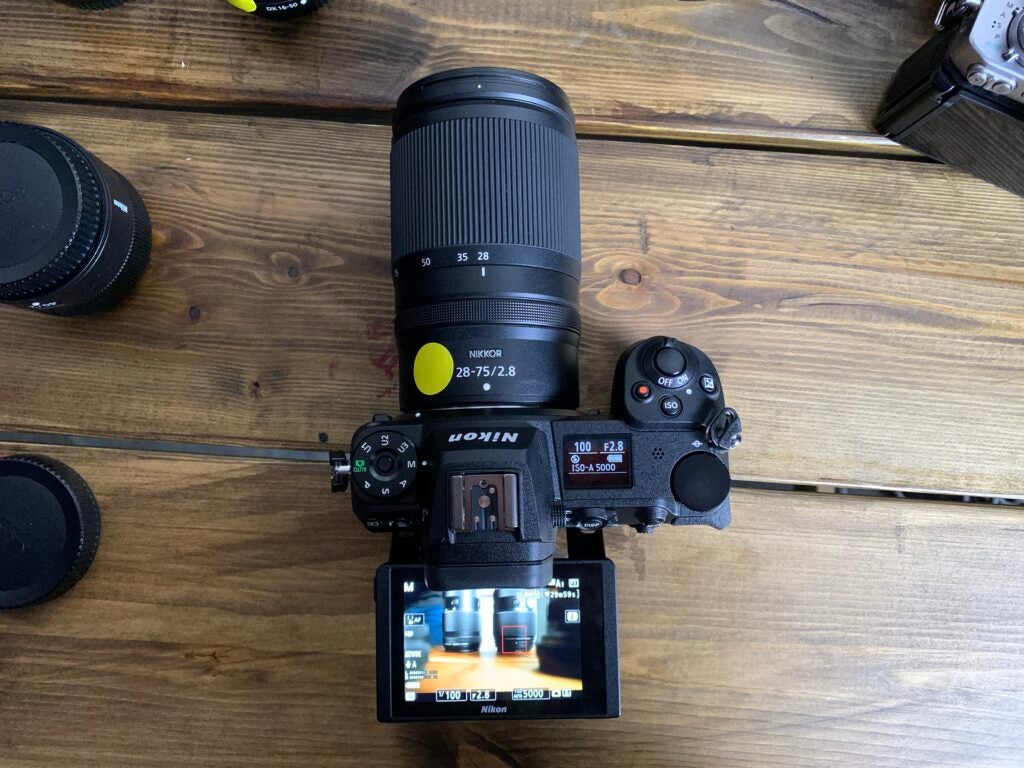
Nikon offers the ability to charge the camera’s battery as you shoot with the USB Type-C port. There’s also an HDMI output and two 3.5mm jacks, one for a microphone and another for a pair of headphones.
Finally, there’s dual memory card support with one slot reserved for CFExpress and XQD cards and the other for standard SD.
Image quality and performance
- The Z6 II has a 24.5-megapixel image sensor
- Images are sharp and vibrant
- The Z6 II has advantages over the Z7 II with its wider ISO range and 14fps shooting
The image sensor is where the Z6 II begins to pivot away from the Z7 II. Where the Z7 II has a 45.7-megapixel image sensor, the Z6 II sticks with a 24.5-megapixel sensor.
That doesn’t mean the performance is any less impressive, however. While you won’t get the same high-resolution results from the Z6 II, the camera does feature the same dual Expeed processors and it still has a full frame sensor, meaning there’s no crop to contend with.
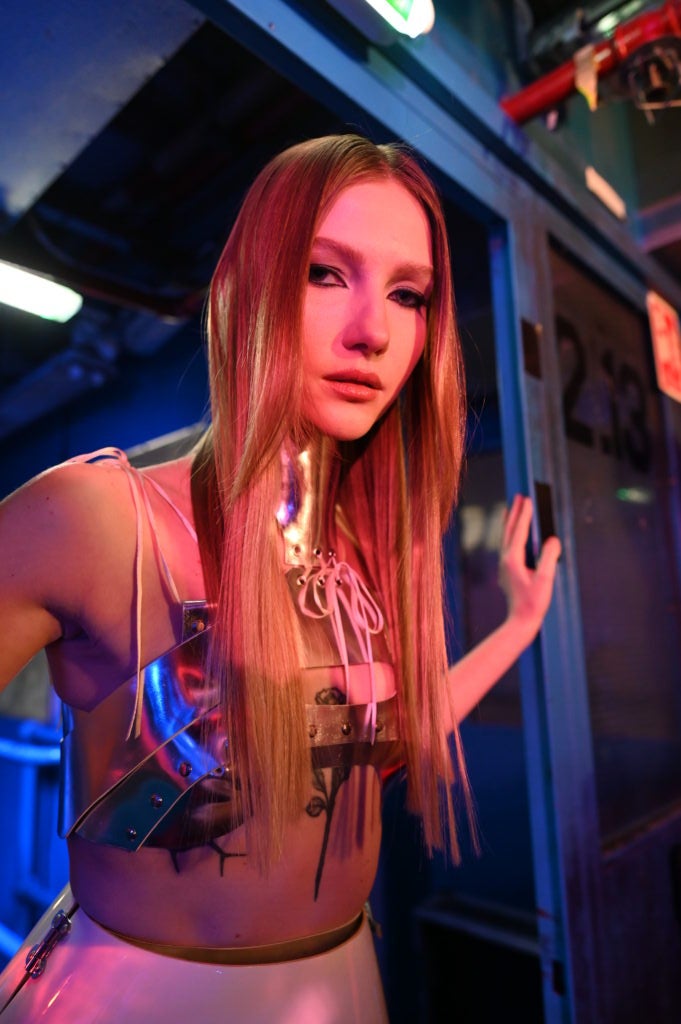
The photos I snapped during the event came out happily sharp and clear. The colours are vibrant and saturated, though I didn’t get the chance to use this camera with a flash attachment so it’s difficult to say how accurate skin tones and other aspects of the image are under the artificial lights.
The Z6 II also has a significantly wider ISO range than the Z7 II at 100-51200. This means you can expect the cheaper camera to have a bit of an advantage when shooting in low-light settings.
The Z6 II is also faster than the Z7 II, supporting speeds of up to 14fps at full resolution with autofocus and auto exposure, meaning it should be more adept at shooting fast-moving subjects, though this isn’t something I got much chance to test in the hands-on environment.
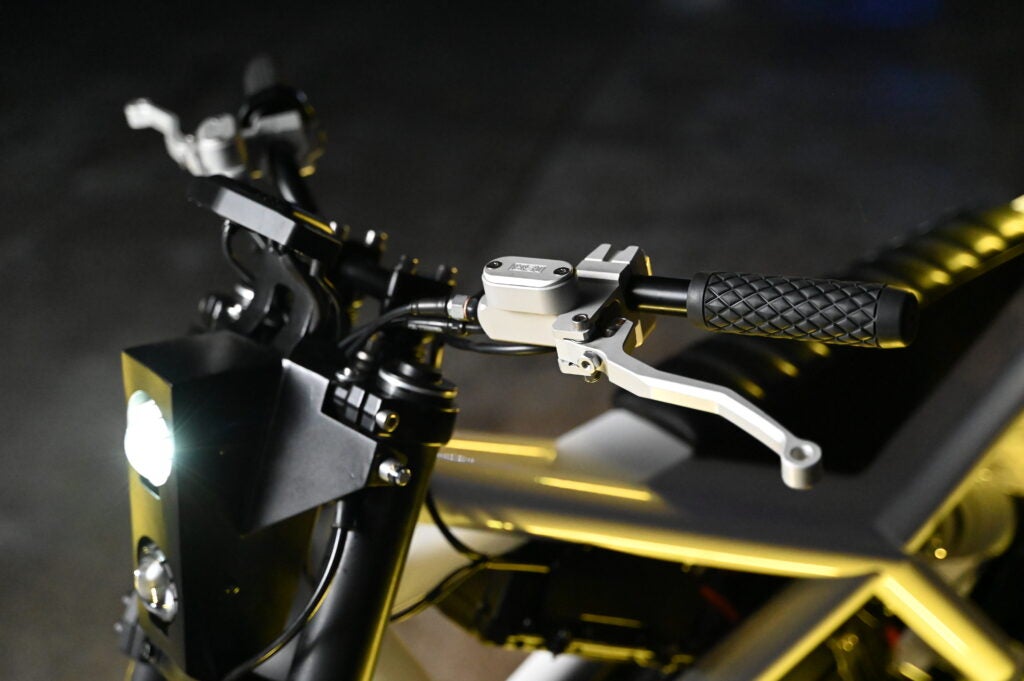
The Z6 II comes with the same hybrid AF system and eye and animal subject detection as the pricier camera, but with much fewer focus points at 273 (the Z7 II has 493). However, I didn’t notice any dramatic differences when using the autofocus to shoot portraits or the above photo of a bike.
The Z6 II can also shoot in 4K at up to 60fps. I got the opportunity to test its video capabilities at the event and found the footage to be incredibly sharp and vibrant.
Early Verdict
If you like the look of the Nikon Z7 II but are content with 24.5-megapixels, the Nikon Z6 II offers the same controls, interface and many of the same features for almost £1000 less.
Despite its smaller sensor, images snapped with the Z6 II are beautifully vibrant and detailed and the camera is capable of shooting at up to 14fps, making it a better pick than the Z7 II for capturing moving subjects.
Latest deals



















